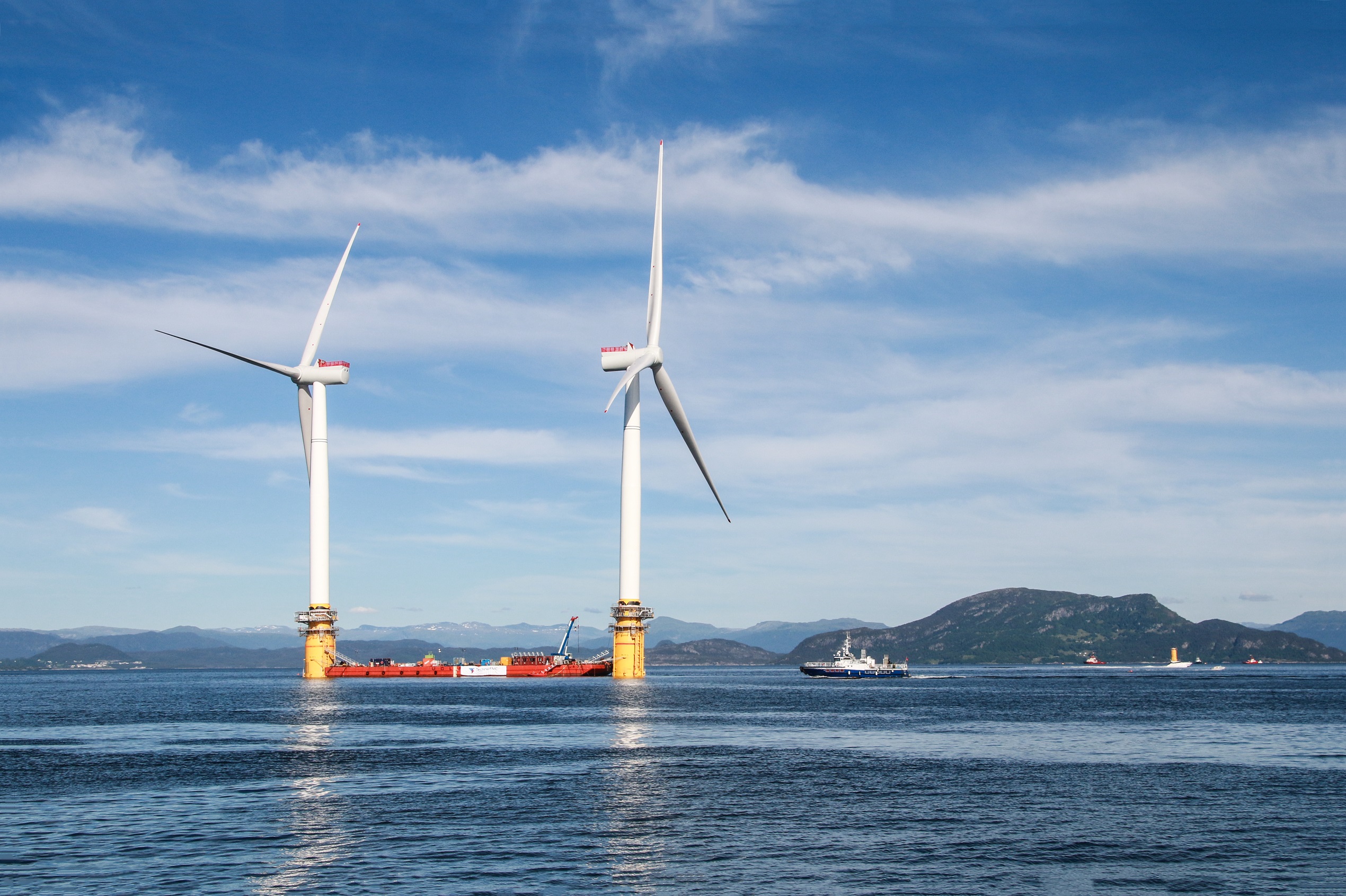Spring Budget 2024: Unprecedented boost for UK offshore wind sector?
Published on 8th March 2024
Chancellor confirms the total subsidy as the CfD AR6 budget is announced

The budget for the Contracts for Difference (CfD) sixth allocation round (AR6) has been set at £1.025 billion, in what has been claimed by the government to be an "unprecedented" boost for the offshore wind sector. The total subsidy was confirmed by the chancellor during the Spring Budget on 6 March 2024.
The UK CfD scheme was established in 2014 to encourage investment in renewable energy projects across the UK. It has encouraged investment in 29.4 GW of renewable energy generation in the decade since its introduction, and remains the government's main mechanism for supporting low-carbon electricity generation.
AR6: a critical moment for net zero
AR6 has a total budget of £1.025 billion, of which £800 million has been designated for offshore wind projects. While AR6 should represent a critical moment in the UK's ambition to reach net zero by 2050 (which includes a target to have 50GW of operational offshore wind by 2030), the size of the budget for offshore wind, although apparently generous, has raised concerns about the deliverability of the 2030 target.
The previous CfD allocation round (AR5) failed to attract any new investment for offshore wind, it being widely acknowledged by the energy industry that the AR5 administrative strike price (ASP) was simply commercially unviable.
The government first confirmed a significant increase in the ASP and then, on 6 March, further increased the budget for offshore wind in AR6, ostensibly to support significant further development in offshore wind to drive forward its net-zero ambitions.
Too little, too late for offshore wind?
However, initial industry analysis suggests the AR6 budget increase may be too little, too late. Currently, the UK has 15GW of operational offshore wind, with 14GW committed to be operational by 2030. In order to hit the government’s 50GW offshore wind target by 2030, the AR6 and AR7 CfD auctions need to secure 21GW of offshore wind between them – that is, more than 10GW per round.
If offshore wind clears in AR6 at £52/MWh (indexed from 2012) being a 30% discount to the ASP of £73/MWh (2012), then just over 5GW offshore wind would absorb the entire £800m budget.
However, if the auction is less competitive, and offshore wind clears at the ASP of £73/MWh (2012), AR6 would only secure around 3GW, leaving AR7 the challenge of securing 18 GW.
Return of the maxima/minima
The funding announcement for AR6 also brings back the concept of minimas and maximas applied to different technologies. These rules enables the Department for Energy Security and Net Zero to specify in a budget notice the maximum or minimum budgets which apply to specified technologies.
For AR6 there will be separate maxima for onshore wind, remote island wind and solar photovoltaic (PV) projects, each totalling £120 million. The reintroduction of this concept is likely to lead to price differentials across technologies (and is partly intended to drive competition between technologies).
There will be two separate maxima, totalling £800 million each, applied to offshore wind permitted reduction projects and new offshore wind projects. Offshore wind permitted reduction projects are those which were awarded funding at a previous CfD allocation round and have withdrawn up to 25% of their project capacity to bid for AR6 funding as an independent project.
In the event that these offshore wind permitted reduction projects are successfully bid into AR6, a significant portion of the AR6 offshore wind budget is likely to be used to ensure that already committed capacity can deliver, rather than securing new capacity. This will make it even harder to hit the 50GW energy security target.
Osborne Clarke comment
Initial feedback from the industry suggests that the government is not going far enough with AR6. Rather, it seems to be offloading the urgent need for a huge uplift in operational offshore wind to the next allocation round (and potentially, the next government).
The £800 million funding announcement for offshore wind will likely take the headlines, but it remains to be seen whether the real story is that of an opportunity missed for offshore wind. Close attention should be paid to the AR6 auction when it begins on 27 March 2024 to see whether any possibility remains to achieve the UK's net-zero targets.
Nevertheless, however successful AR6 is in converting the pipeline of offshore wind projects into operational assets, the CfD scheme remains a key piece of the decarbonisation puzzle.






